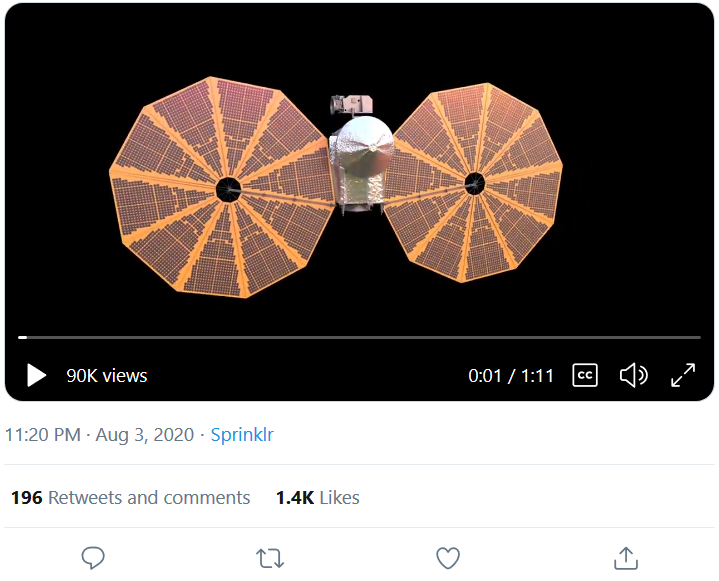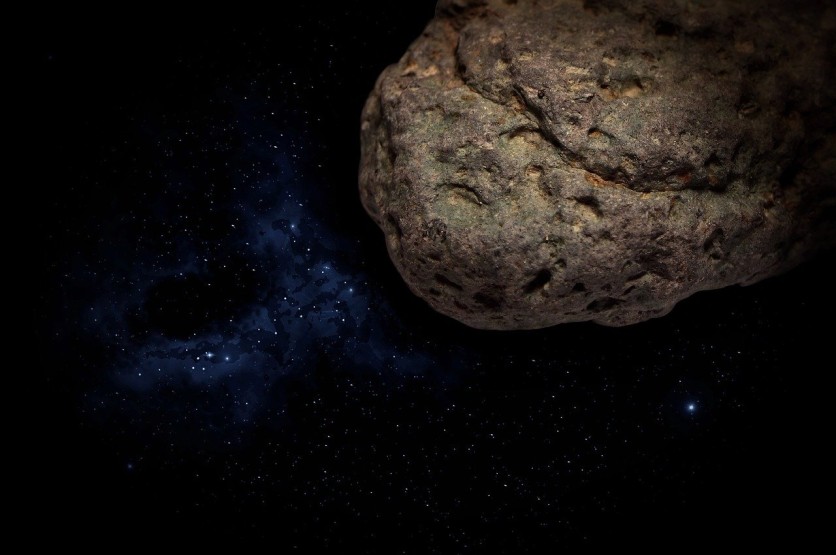The National Aeronautics and Space Administration's Lucy Mission reaches essential to progress in assessing various critical elements that are needed for the project to begin spacecraft assembly.
NASA's Lucy Mission got approved to go unto building and producing a spacecraft for its mission and deep-space exploration for the mysterious "Trojan Asteriods" that orbit the Sun and gas giant, Jupiter.
In the last week of July, the four-day meeting assessed the readiness of the mission's segments, components, subsystems, electrical, communication, and navigation systems, together with the scientific instrumentation that is critical for the spacecraft.
Lucy's test

The Systems Integration Review or SwRI facilitated the components' assessment and concluded that the facilities, personnel, and plan and procedures are on schedule for the mission's integration.
The said meeting happened virtually, as NASA prioritized its personnel's safety during this time of COVID-19.
Lucy's assembly, test, and launch operations, or ALTO, were delayed by NASA as the pandemic is right around the corner. Partner institutions and teams concerned with the Lucy mission are currently developing a new schedule to reorganize the construction, trials, and test of the spacecraft components. The spacecraft's preparation and readiness are expected to be done in preparation for 2021's October launch.
Lucy Principal Investigator Hal Levison said that their team was not prepared to build a spacecraft under the current circumstances. Still, he is impressed with the creativity and potential of the team in accomplishing the said project.
Another test that will up the mission's achievements and progress is the Key Decision Point -D (KDP-D). This is a mandatory test after passing a series of reviews and is set at the end of August.
Trojan Asteroids

Lucy is the first mission that is set to study the mysterious Trojan Asteroids. These asteroids are considered to be outer Solar System asteroids that orbit in front of the Sun, and behind the gas giant, Jupiter.
What made the Trojans interesting for NASA is that on a normal circumstance, asteroids near the area would scatter away due to Jupiter's mass, but instead, the Sun counteracts, pulling back the asteroid and trapping them on a stable orbit known as a Lagrange point.
These Trojans are of four billion years old, unique, and considered one of the earliest remains of the Solar System. NASA considers them an exceptional case to study because no one else attempted to pursue these estranged asteroids.
The Lucy mission received its name from an early fossilized skeleton of an early hominid found by explorers Donald Johnson and Tom Gray on Nov. 24, 1974, in Ethiopia. Later, an explorer named Pamela Alderman named the asteroid officially from the song "Lucy in the Sky with Diamonds" by the English rock band, The Beatles.
Scientists believe that the Lucy mission will help us in knowing more of the Solar System's origins and, of course, the planet.
The mission entails a 12-year period of deep-space exploration, heading towards eight different points where asteroids are scattered. Lucy's path will cover both aspects of the Trojan's cluster and will give a close-up view of the three major types of categorized asteroids (C-, P- and D-types).
This article is owned by Tech Times
Written by Isaiah Alonzo
ⓒ 2025 TECHTIMES.com All rights reserved. Do not reproduce without permission.




